Call us: +975 77 75 42 22
BUMTHANG
This region that spans from 2,600-4,500m and is home to some of its oldest Buddhist temples and monasteries in the kingdom. Bumthang Dzongkhag consists of four main valleys, Ura, Chumey, Tang and Choekhor. Choekhor is the largest of the four and is widely considered as ‘Bumthang Valley’. The valleys are broad and gentle carved by the ancient glaciers. The fertile valleys of Bumthang are covered in fields of buckwheat, rice and potatoes. Apple orchards and dairy farms are also common sights here. This serene region is one of the most peaceful places in the kingdom.
According to legend this ancient temple was built by the Tibetan king Songtsen Gampo in 659 A.D. as part of a chain of 108 simultaneously constructed temples in order to subdue an evil demoness that resided over the Himalayan region. It is the oldest lhakhang in Bhutan. There are numerous other temples and shrines worth visiting in Bumthang and many of them are linked to Guru Rinpoche’s visit in 746 A.D.
The Jakar Dzong or the “Castle of the White Bird” dominates the Chamkhar valley and overlooks the town. Constructed in 1549, by the Tibetan Lam Nagi Wangchuk, the Dzong played an important role as the fortress of defence for the eastern Dzongkhags. It also became the seat of the first king of Bhutan.
A special feature of the Dzong is the approximately fifty meters high Utse or the Central tower, which is distinct from most other Dzongs in Bhutan. The other unique feature of the Dzong is a sheltered passage, with two parallel walls, interconnected by fortified towers, which gave the population of the fortress access to water in the case of a siege. The protected water supply is still intact to this day.
According to legend Terton Pema Lingpa had a vision of the sacred treasures that Guru Rimpoche had hidden within the lake centuries earlier. However, the people of Tang and the local ruler were cynical of his claims. In order to prove his claims, Pema Lingpa held a butter lamp in his hand as he jumped into the lake. After remaining under water for a long time he re-emerged holding a chest and a scroll of paper with the butter lamp held in his hand still burning bright. Thereafter, the lake came to be known as Mebartsho (the burning Lake).
The Burning Lake, Mebar Tsho is located along the way to the Tang village. Today, this small fresh water lake is a sacred pilgrimage site for the Bhutanese with bright multicolored prayer flags surrounding it and a small altar dedicated to Terton Pema Lingpa has also been set up. On auspicious days people offer butter lamps at the lake.
Although there are two rivers named Pho Chu (male) and Mo Chu (female) in Punakha, the latter one is widely preferred for first-timers, kids and elderly people. Mo Chu River is considered to be calmer, gentle with few currents and rapids. The rafting experience is a must have in Punakha, providing magnificent views of the Dzong, rivers and valleys surrounding it.
Rafting Stretch and Duration: 5.6 miles comprising of 10 rapids, 1.5 hours
This is the second-longest suspension bridge in Bhutan, Perched over the Mo Chhu and Pho Chhu (river) and is about 160-180 meters in length, connecting Punakha valley to the local villages nearby .The Bridge is covered with prayer flag offerings on both sides and makes a perfect spot photography.
